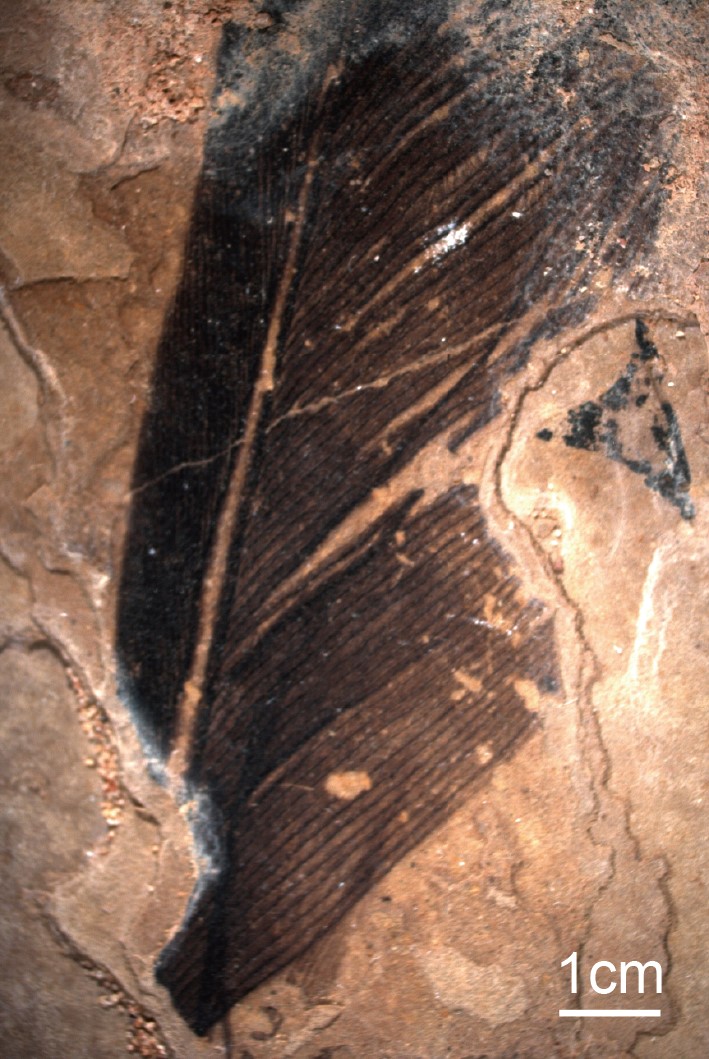PNAS: Jurassic Feathered Dinosaurs providing direct evidence for the molecular evolution of feathers
Author :wangwc
2019-02-01 16:23
Anchiornis, one of the earliest feathered dinosaurs ever discovered, was found to have the ability to fly. However, can it fly like birds today? A new study published in the Proceedings of the National Academy of Sciences (PNAS) by researchers from China and the U.S. indicated that the answer is no.
The flight feathers of modern birds are mainly composed of β-keratin, which gives its special biomechanical properties (such as flexibility, elasticity and strength) to meet the needs of flight.
Dr. PAN Yanhong from Nanjing Institute of Geology and Palaeontology, Chinese Academy of Sciences (NINGPAS) and her colleagues used electron microscopy and chemical analyses to compare flight feathers of Anchiornis with those of a chicken and four other feathered dinosaur and fossil birds.
They found that Anchiornis feathers was predominated by thicker α-keratins rather than thinner β-keratins, and lacked the biomechanical properties needed for flight, although they did contain some of the necessary molecular structures as indicated by the presence of feather β-keratins.
On the other hand, Pan and colleagues also showed that the flight feathers of Chinese Mesozoic birds such as Eoconfuciusornis and Yanornis, as well as a Oligocene bird feather are mainly composed of β-keratins, as in modern birds.
The findings suggest that even though Anchiornis feathers were not suitable for powerful flight, their molecular composition may signify an intermediate stage in the evolution of avian flight feathers.
Among the studied materials, the Oligocene bird feather is collected from the Lunpola Basin in Tibet by Dr. Wu Feixiang during the Tibet Scientific expendition. This precious fossil provided an important link for the molecular evolution of feathers between the Mesozoic and modern birds. This study also indicates that there is a good potential of well preserved fossils in Tibet.
This research is contributed by researchers from NIGPAS, Institute of Vertebrate Paleontology and Paleoanthropology (CAS), Linyi University, North Carolina State University, and South Carolina State University. It was supported by the Pan-TPE program.

The Oligocene bird feather collected from Lunpola Basin, Tibet
